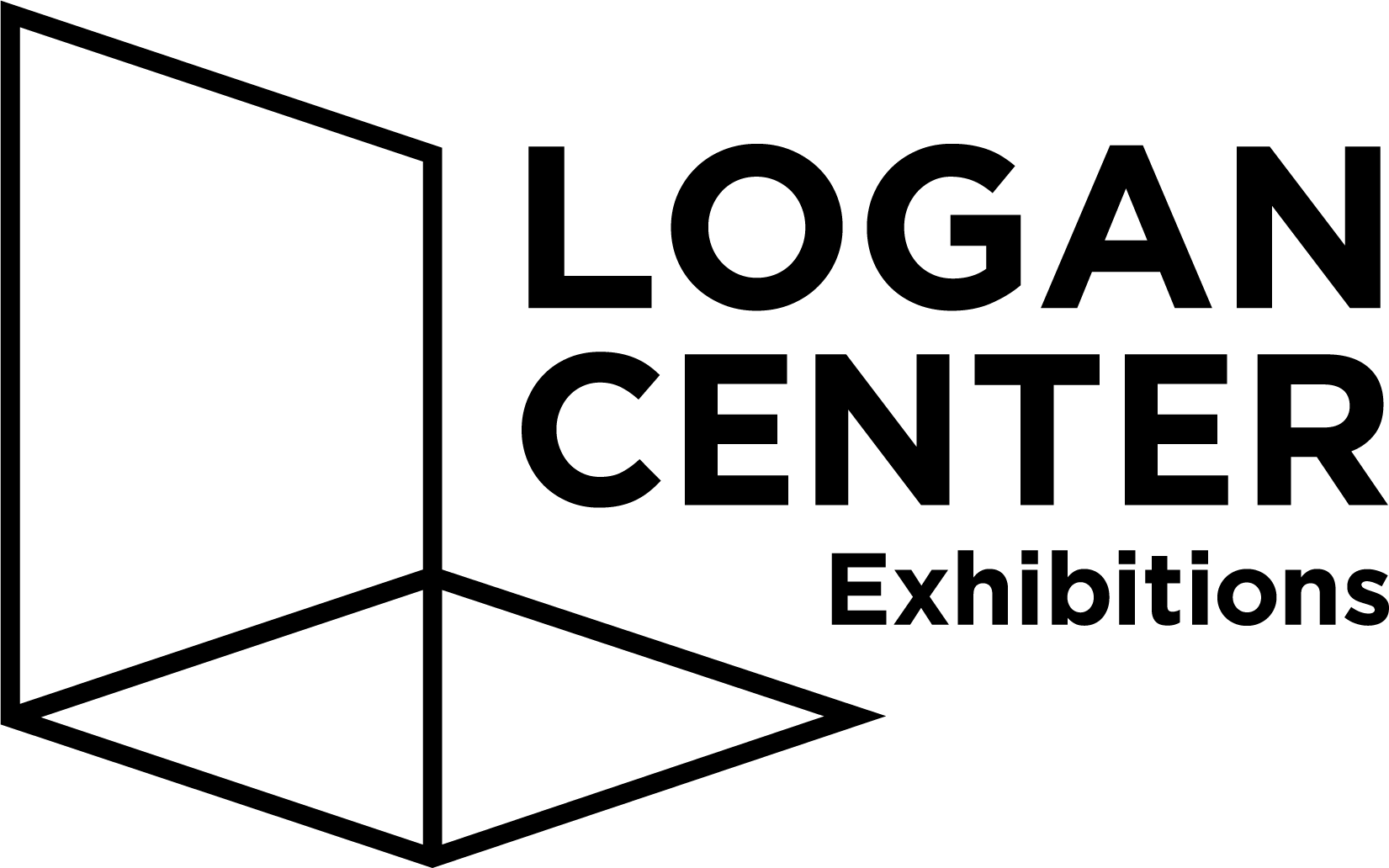Otis Gordon
I am interested in responding to the fragile point where digital technology and physical medium touch, distort, and converse with each other. Growing up in Los Angeles, the boundary between the natural and fabricated was constantly blurred. The control of light particularly struck me as interesting. In a city where you see the sun almost every day of the year, I became fascinated, akin to iconic LA artists like James Turrel, Robert Irwin, and Bruce Nauman, with how light and space were integral to the sensations and perceptions that contributed to our human experience. At the same time, I noticed how malleable these qualities are. My own hand, by simply moving a point of light in a room, can temporarily and drastically change the objects and relationships within a space. I could control the world around me in interesting ways.
In college, I became fascinated with 3D rendering softwares such as Blender and Unreal Engine. These digital playgrounds allowed me to imagine, build, and distort a simulated world in ways I never imagined possible. In the same program, I can drench a 3D scan of a stranger's room found online in magenta light, suspend it in zero gravity, explode it out into thousands of individual colored particles, and render it all out with an impossibly narrow fisheye camera. The degree of creative freedom, much like the boundaryless world of the internet itself, was and is still intoxicating.
However, I am not satisfied keeping these visual images behind a screen, encoded into binary. They cannot deeply engage with the senses like physical objects can. I want to give these images a body and oil painting on standardized panels has served as the medium to render them into the physical world. My current series of paintings start from 3D scans of objects around the world, collected by myself or strangers online. I then import them into Blender and begin the meticulous process of warping, lighting, and transforming the scenes into digitally rendered images. Finally, I use these images as reference for oil paintings, each painted on a standardized 4x4 ft. sheet of wood with 3 inch rounded white borders. This translation back and forth from a physical medium to digital and back inevitably loses information on the way, obscuring and decimating the sense of reality. Through these sets of translations, I hope to help transcend the art objects into more symbolic and metaphorical space.
The Bridge. 2024. 4 channel audio, 4 duratrans lamps, arduino board. Photo by Bob.
41.798412, -87.596612 and 48.820258, 2.338614. 2024. 2024. acrylic, graphite, oil on board. Photo by Bob.
40.726930, -73.940843. 2024. acrylic, graphite, oil on board. Photo by Bob.
Sophie. 2024. acrylic, graphite, oil on board. Photo by Bob.
Fixation Cross. 2024. acrylic, graphite, oil on board. Photo by Bob.





